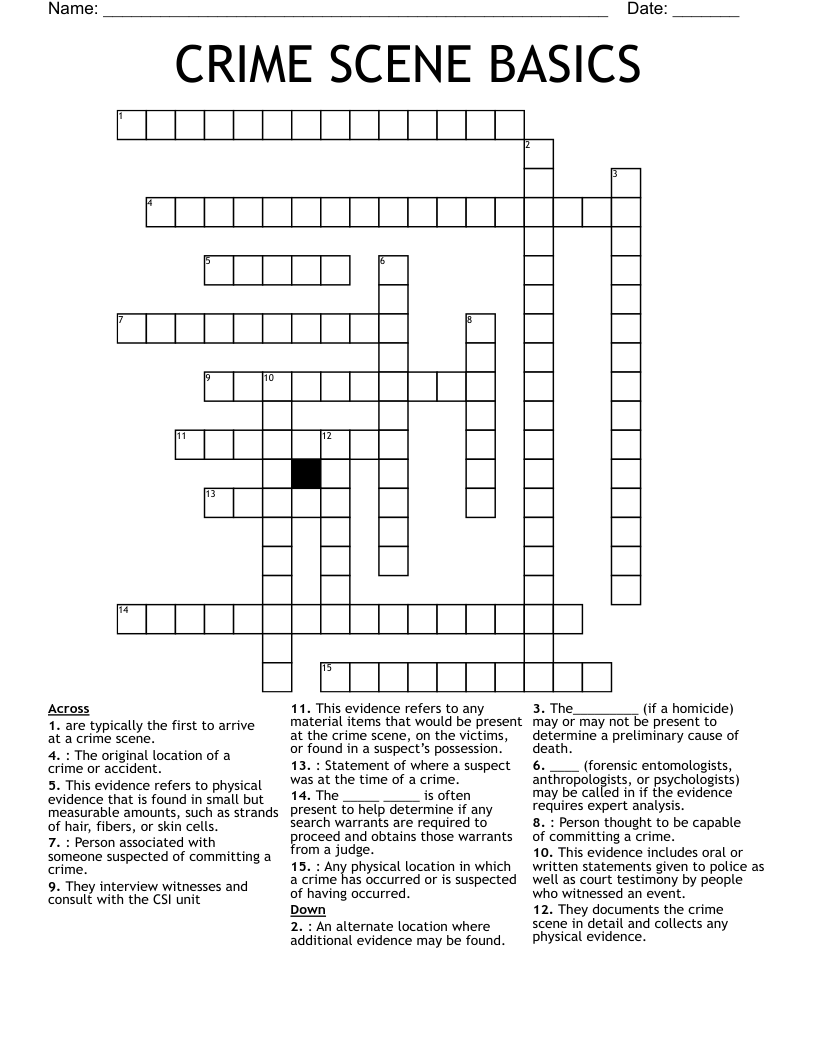When it comes to solving crimes, every piece of evidence is crucial in piecing together the puzzle of what really happened. Crime scene investigations play a vital role in collecting evidence that can be used in the courtroom to convict criminals. However, it’s not always easy to connect the dots from the crime scene to the courtroom. That’s where puzzle templates come in handy, providing a structured approach to reviewing evidence and identifying key elements that can make or break a case.
Understanding the importance of a thorough review process from the crime scene to the courtroom is essential for ensuring justice is served. By following a systematic approach, investigators can ensure that no stone is left unturned and all evidence is properly evaluated. This can make a significant difference in the outcome of a case and ultimately help bring perpetrators to justice.
Answers to the Puzzle Template
1. The first step in reviewing evidence from the crime scene to the courtroom is to carefully document and photograph the scene. This includes capturing the overall layout, any potential weapons or items of interest, and any signs of forced entry or struggle. By documenting the scene thoroughly, investigators can preserve crucial evidence that may be used in court.
2. Once evidence is collected, it is important to analyze and process it in a controlled environment to prevent contamination. This may involve testing for DNA, fingerprints, or other trace evidence that can link suspects to the crime scene. By following proper protocols, investigators can ensure that evidence is admissible in court.
3. After evidence is analyzed, investigators can start piecing together the puzzle of what happened at the crime scene. This may involve creating timelines, reconstructing events, and identifying potential suspects based on the evidence collected. By connecting the dots, investigators can build a strong case to present in court.
4. Finally, the evidence gathered from the crime scene can be used to build a compelling case in the courtroom. By presenting a clear and concise narrative that ties all the evidence together, prosecutors can effectively argue their case and secure a conviction. The puzzle template helps ensure that all key elements are included in the case presentation.
In conclusion, the journey from the crime scene to the courtroom is a complex and intricate process that requires attention to detail and thorough review. By using a puzzle template, investigators can ensure that all evidence is properly evaluated and presented in court. This structured approach can make a significant difference in the outcome of a case and ultimately help deliver justice to victims and their families.
